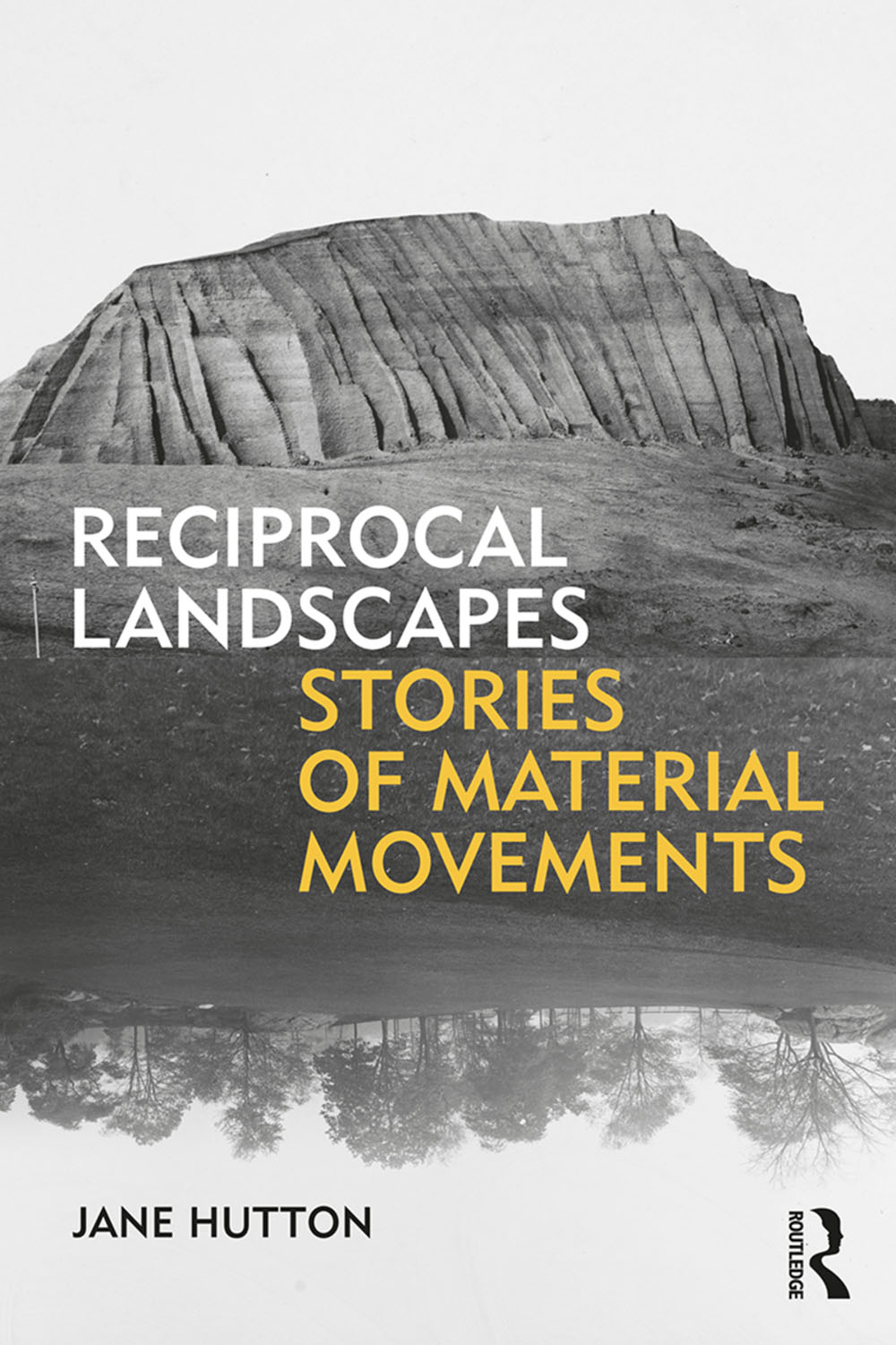Book Corner: Slow landscapes
Text by Victoria Taylor, OALA
In Reciprocal Landscapes: Stories of Material Movements, writer, teacher, and landscape architect Jane Hutton weaves together five intriguing tales of material procurement: fertilizer, stone, steel, trees, and wood. In doing so, she brings to life the characters who dug, cut, quarried, laid, and grew these common landscape construction materials. Hutton brings us, over a 150-year time span, on a series of well-researched, investigative journeys that link each material to its two “paired landscapes,” the landscape of material origin and the landscape of material placement, in five sites across the borough of Manhattan in New York City. Hutton’s materials/site choices are emblematic of design decisions through the growth of this epic metropolis: from the fertilizer chosen from Chincha Islands, Peru for Central Park’s Sheep Meadow in the mid 1800s to the wood chosen from Para, Brazil for the double chaise lounges located on the High Line in early 2000. The five story arcs move over time and geographies to redefine and expand the idea of the experience of a landscape to be more than just one place, and we are with her as we imagine our own participation as designers in these journeys that reveal the truths of “unequal dynamics of exchange”of labour, environment, and economy—that occur at both the giving and receiving end of these material transactions. From initial selection to extraction, processing to shipping, and final installation, Hutton draws out the embodied story in each material, emphasizing the interconnectivity of life and adding new layers of meaning to how we think about the streets we walk on, the soils we buy, and the walls we touch.
Reciprocal Landscapes: Stories of Material Movements is an important contribution to landscape architecture history and to contemporary design practice where trillions of dollars in material decisions are made, every day, using evaluation criteria guided by aesthetic desires and function. Without judging, Reciprocal Landscapes holds a mirror to the limited material research stage most design practices allow but don’t pick up the book looking for a quick fix, “better buy” guide. Instead, Hutton’s engaging storytelling, brought to life through field trip interviews, archival research, and photo collage, exposes the roots of a capitalistic value system that can change if the support is there.

Each chapter in the book features a distinct material and it is Hutton’s introduction and epilogue that pull the content together as a call for reflection. Her stories expand the concept of materiality as connected “fragments of other landscapes” and pieces of other people. They inspire a shift where the embodied story of each material might come to life as an animated page on a product supplier website. As designers working in the anthropocene, we know our decisions have global ripple effects and we know the onus is on us to look deeper into our decisions and to steer our clients along. But where do we turn for answers? Apart from budget, local building codes, and pre-embedded values (of the firm or client), there are few restrictions that steer design construction decisions to reduce impact. Hutton mentions Sustainable Sites Initiative (SITES) as a hopeful, peer-based driver of change, but how do we carve out time in a fast–paced design process to uncover what we should know? Where are the industry standards on supplier websites that can guide us? Instead of waiting until the construction detailing stage to start material specifications, what landscapes would we build if we had a richer concept of value and where material choices were critical decisions at the concept phase? Like a ‘slow food’ cook whose shopping list changes seasonally and who writes her menu based on local ingredients, could we slow design as we click through supplier options, taking pause to judge quality based on the one that reduces damage to fragile ecosystems or benefits community resiliency instead of one that merely meets budget or is the right shade of grey?
When our notion of what is essential is being redefined every day, especially now, as the world resets to control the Covid-19 pandemic, thinking about the provenance of construction materials and the meaning each decision brings to each project, could not be more critical.
BIO/ Victoria Taylor, OALA, is principal of VTLA Studio and co founder/ co curator of ====\\DeRAIL Platform for Art + Architecture where she engages with landscape as an artistic and cultural practice through public and private commissions, curatorial projects, teaching, writing, and temporary installation artwork to animate public space. vtla.ca Victoria is a member of Design Climate Action’s Embodied Energy and Material Life Cycle Reading Group. designclimateaction.org
